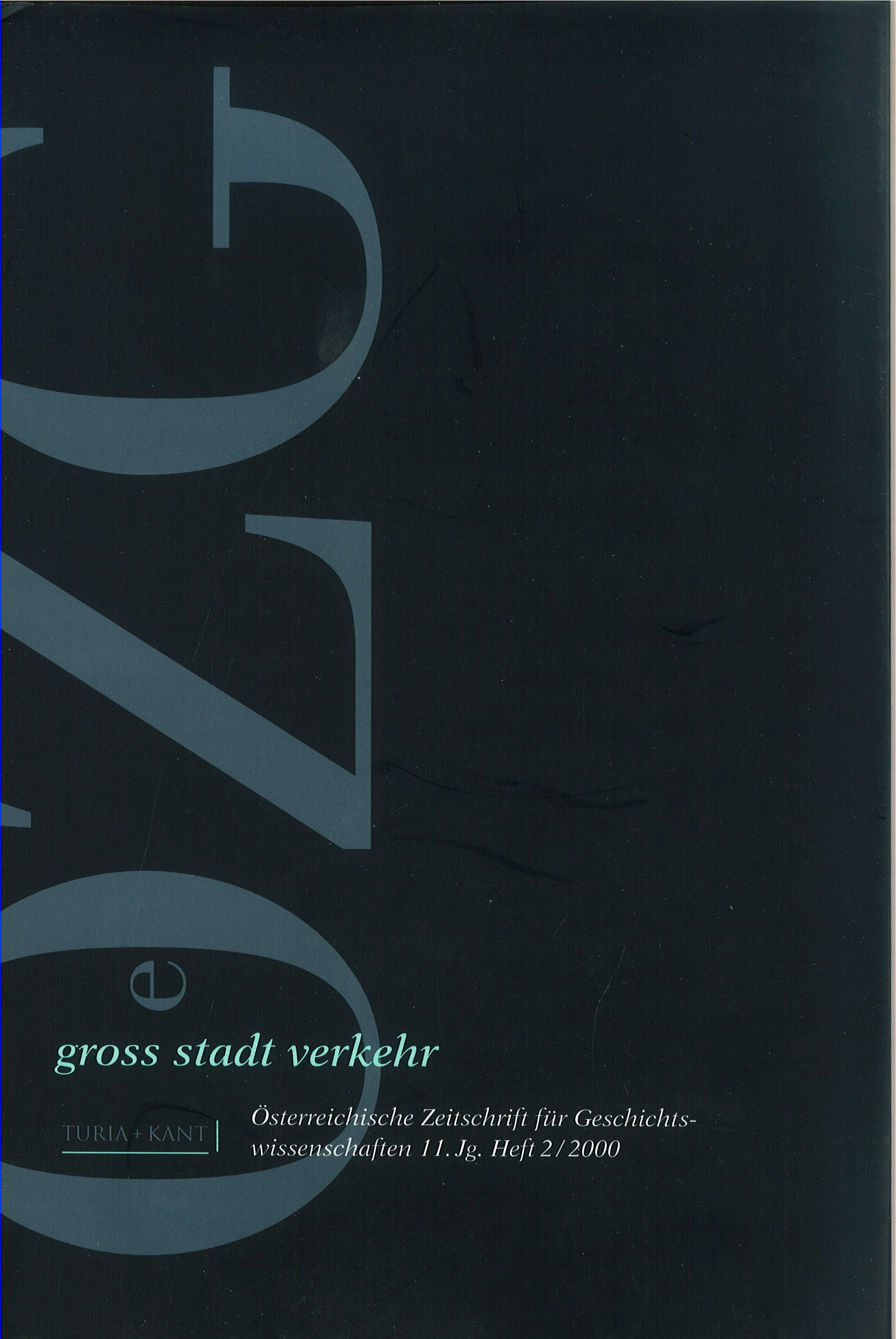Roger Rabbit in Los Angeles
On the history of signal signage as demonstrated by the development of city transport
DOI:
https://doi.org/10.25365/oezg-2000-11-2-4Abstract
Appearance, atmosphere and the mode of functioning of cities (as by the way of all socio- and technocultures in general) are determined by such variables as topography, climate, buildings, the structures of industry and commerce, the different forms of collective behaviour and many others. Among the most essential of these elements are the means of transport. The dominance of certain brands of cars as weil as the outward appearance of trams and busses are part and parcel of a general signal signage, the change and changeability of which is slow and thus not easily realised. But observed within the coordinates of typologies and time such specifics of material culture are especially revealing. lt is through comparison that their >profiles< become more and more illustrative. The article traces the complexity of this variable signal signage through examples from Europe and overseas: Seattle, San Francisco, Los Angeles and Melbourne on the one hand and Paris, Milano, Zürich and Vienna on the other. The perception of the changes of what always appears to be the »same« ( it is always the »same« town) offers insights which are to a high degree oriented towards practicability since they are based on numerous and verifiable evidence, evidence which has nevertheless been hardly analysed historiographically.


